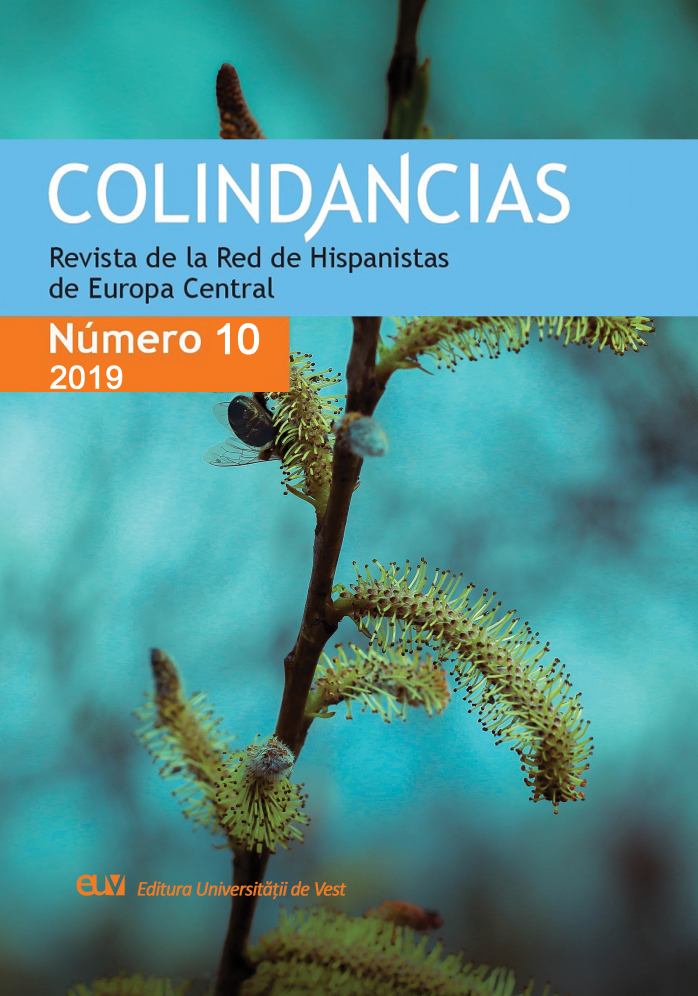Empleo de las formas verbales en –re
en las oraciones relativas restrictivas
del Compendio de la destruyción
de España
The use of the verbal form ending in –re
in the restrictive relative clauses of the
Compendio de la destruyción de España
Author(s): Ildikó PéterSubject(s): Language and Literature Studies, Anthology, Historical Linguistics, Other Language Literature, Philology
Published by: Editura Universităţii de Vest din Timişoara
Keywords: futuro de subjuntivo; oraciones relativas restrictivas; siglo XVII; restricción distribucional;
Summary/Abstract: Resumen: Desde su formación, el futuro de subjuntivo muestra una distribución sintáctica restringida al no concurrir en oraciones independientes y al estar asociado solo a determinados tipos de oraciones subordinadas, como condicionales, temporales, locativas, modales y relativas. Únicamente las relativas restrictivas están orientadas hacia el futuro, y en ellas el uso de la forma verbal en -re mostrará una especial vigencia hasta la primera mitad del siglo XVII. El objetivo del presente estudio es, por consiguiente, examinar las consideraciones surgidas hasta ahora sobre la restricción distribucional de amare y ame enlas OORR restrictivas. Para ello, tomaremos como punto de partida algunos ejemplos extraídos de nuestro corpus con el fin de que nuestra contribución al empleo del futuro de subjuntivo dentro de este tipo de subordinadas durante el siglo XVII sea lo más precisa posible. Abstract: Since its formation, the future of the subjunctive shows a restricted syntactic distribution by not co-occuring in independent sentences and by being associated only with certain types of subordinate sentences, such as conditional, temporary, locative, modal and relative. Among the latter, only the restrictive relative clauses are oriented towards the future, and the use of the verbal form ending in-re will show a special validity until the first half of the 17th century. The objective of the present study is, then, to examine the considerations that have emerged until now about the distributional restriction of amare and ame in the restrictive clauses. For this purpose, some examples will be extracted as a starting point from our corpus in order to provide a contribution as accurate as possible to the use of the future of subjunctive within this type of subordinates during the17th century.
Journal: Colindancias - Revista de la Red de Hispanistas de Europa Central
- Issue Year: 2019
- Issue No: 10
- Page Range: 201-216
- Page Count: 15
- Language: Spanish

